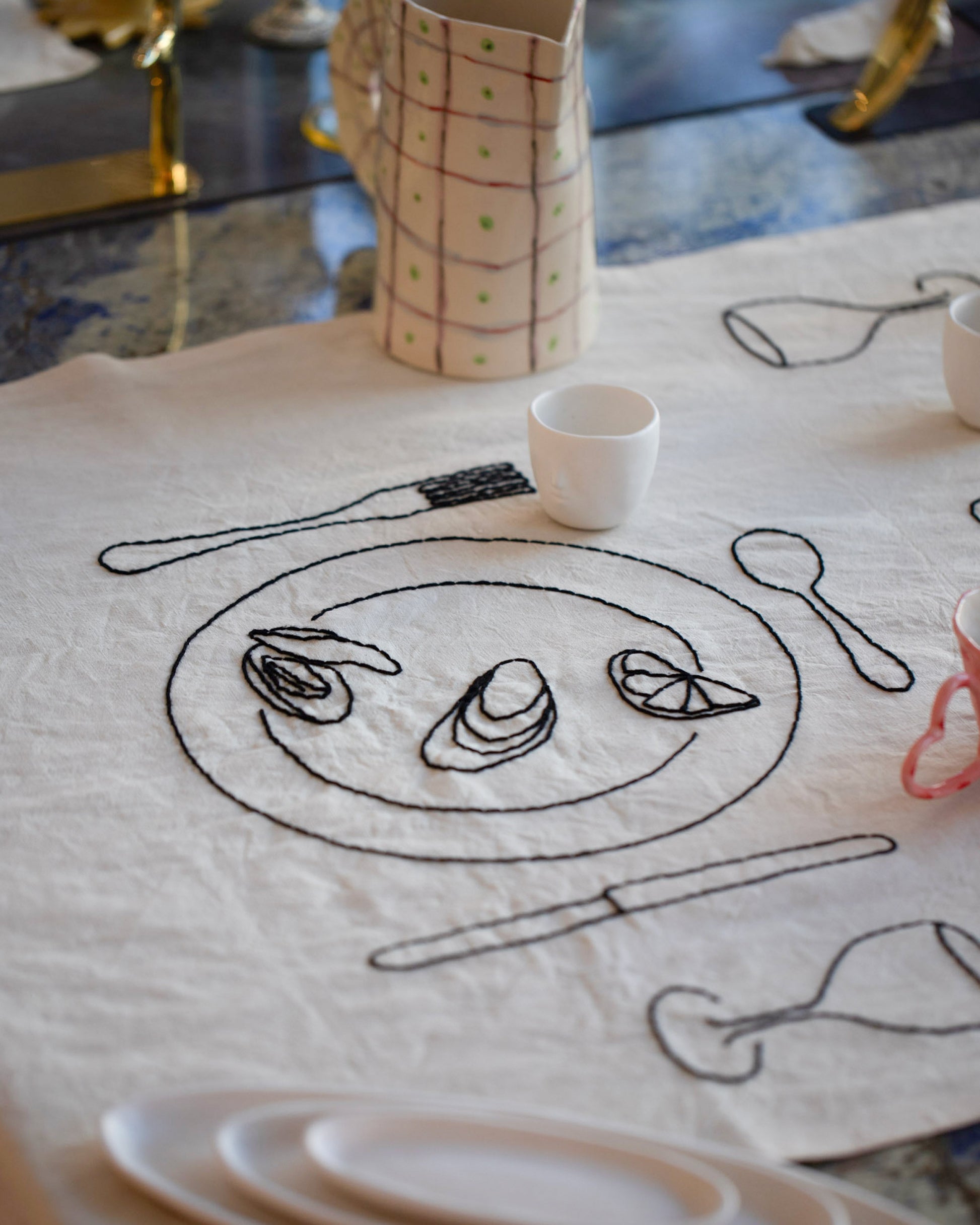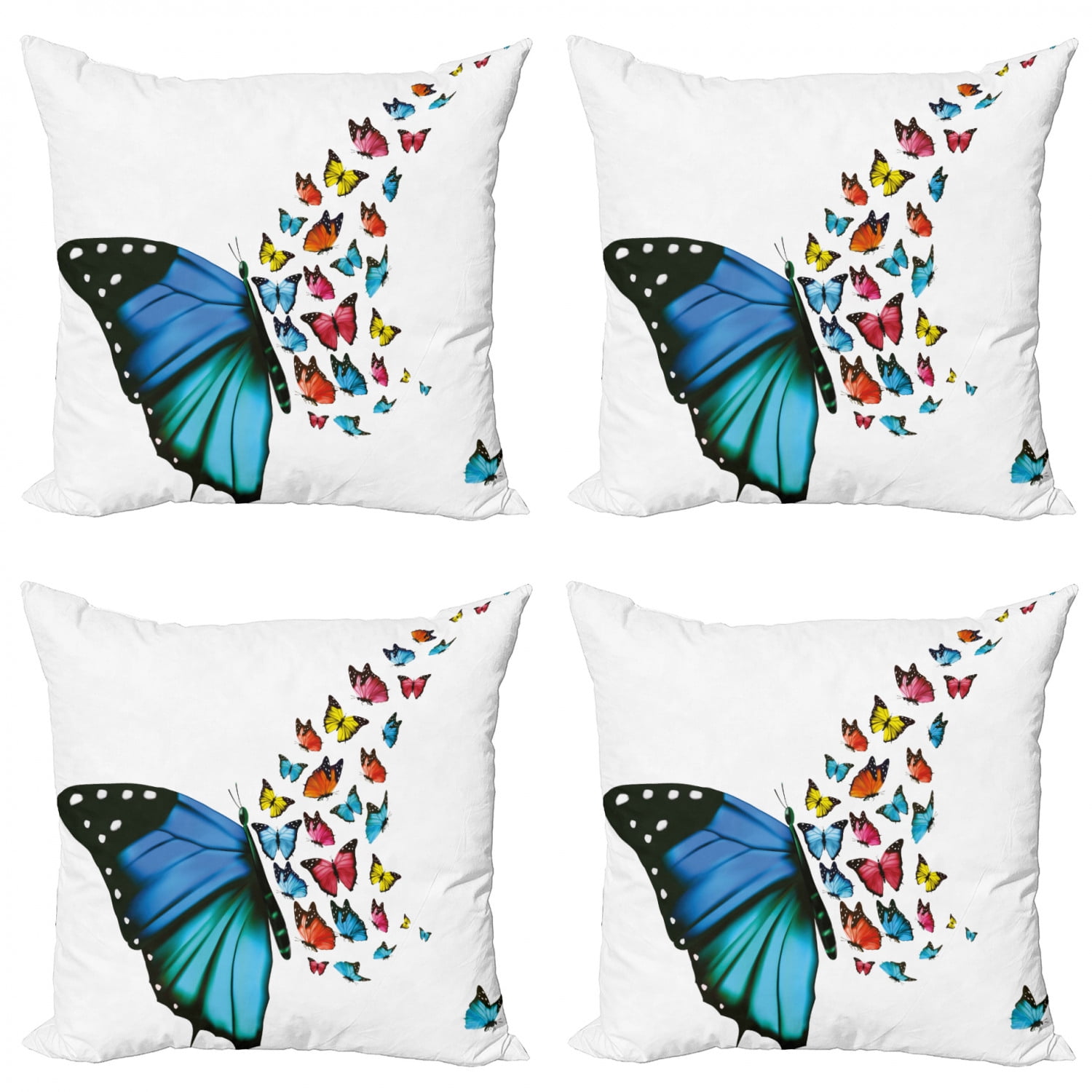Getting My Top News Sites To Work
Getting My Top News Sites To Work
Blog Article
The Best Strategy To Use For Unique Art
Table of ContentsNot known Facts About Unique ArtIndicators on Unique Art You Need To KnowUnique Art for DummiesA Biased View of Unique Art
While one may question which art type holds priority, the truth stays that each of these 7 forms supplies an unique home window right into human history, society, and evolution. They are the tapestries that chronicle our trip, reminding us of our past while inspiring visions for the future.Great art work tells a story, makes individuals look two times, and produces a distinct experience that can't be matched. Art and pictures connect all of that with color, form and other layout aspects. Learn just how to make your special artwork stand apart from the group.
3 Emil DervishIn this entryway by Emil Dervish that gorgeous cobalt blue door steals the show. To bring much more dramatization, he expanded the paint. to the doorframe and the wall surface up, completing in an arched shape. The contours, along with a round sconce, soften the sides - Unique Art. Frames classic posters and maps of cherished locations set the scene.
8 TRIA GIOVANEqual parts grand and laidback, this foyer made by Anthony Baratta is the best plan to comply with if you're embellishing a formal entrance that still feels unfussy and comfy. Formed textiles take spotlight (see the carpets and the sofa), yet they additionally aid bring the high ceilings to a human range when hung over wallpaper.
8 Easy Facts About Unique Art Described
18 Heidi Caillier DesignA gallery wall doesn't need to take up the entire area. Occasionally a small one can make a bigger design statement. In this living room, Hiedi Caillier chose for micro-mini structures and an arbitrary structure.
The aspects of this languageits forms, lines, colours, tones, and texturesare made use of in different ways to produce experiences of volume, area, movement, and light on a level surface. These aspects are incorporated right into expressive patterns in order to represent real or mythological sensations, to interpret a narrative theme, or to create wholly abstract aesthetic connections.
Later the idea of the "great artist" created in Asia and Renaissance Europe. Noticeable painters were managed the social status of scholars and courtiers; they signed their work, chose its layout and typically its subject and images, and developed an extra personalif not always amicablerelationship with their customers. Throughout the 19th century painters in Western cultures started to lose their social position and protected patronage.
The Best Guide To Unique Art
Others gained an income through touring exhibitions of their job. The requirement to appeal to a market had changed the comparable (if much less impersonal) demands of patronage, and its result on the art itself was possibly comparable. Typically, musicians in the 20th century might reach a target market just with industrial galleries and public museums, although their job may have been periodically reproduced in art periodicals
For the background of painting his comment is here in ancient Egypt, see Egyptian art and design. The growth of painting in various regions is treated in a variety of write-ups: Western paint; African art; Central Oriental arts; Chinese painting; Islamic arts; Japanese art; Oriental art; Indigenous American art; Nautical art and design; South Oriental arts; Southeast Asian arts. For a discussion of the bogus of artworks, see forgery. For a discussion of the role of painting and various other arts in religion, along with of the use of religious signs in art, see spiritual symbolism and iconography. For details on other arts connected to paint, see articles such as drawing; folk art; printmaking. It is the feeling of certainty in this formal company that provides a terrific painting its self-sufficiency and presence. The colours and positioning of the major pictures in a layout might be occasionally greatly decided by representational and symbolic considerations. Yet it is the official interplay of colours and forms that alone is capable of connecting a particular mood, producing optical sensations of space, quantity, activity, and light and creating pressures of both harmony and stress, also when a painting's narrative symbolism is unknown.
Don't copy the style of other musicians if you're searching for your style. Duplicating other individuals's link art work can be fantastic in educational functions but it will not make you closer to finding your very own distinct design. Your imaginative design needs to be, what you such as and what inspires you.

The 3-Minute Rule for Unique Art
You require to attempt lots of different alternatives and explore every little thing before you can focus on one certain style or you'll be tired, or worse, you'll despise your very own design. I recommend you to try every single topic that you're interested in, check out as much as you can. Try various mediums that excite you and new strategies you've never attempted prior to.
With time you'll be able to arrange every one of them into your favorite and least favorite groups. Attempt to concentrate your interest on the subjects and mediums that you like and before you see it coming you'll have your very own individual and one-of-a-kind style, like no person else have! So in the long run you'll have a few preferred based on repaint and maybe a few favored mediums.

Report this page